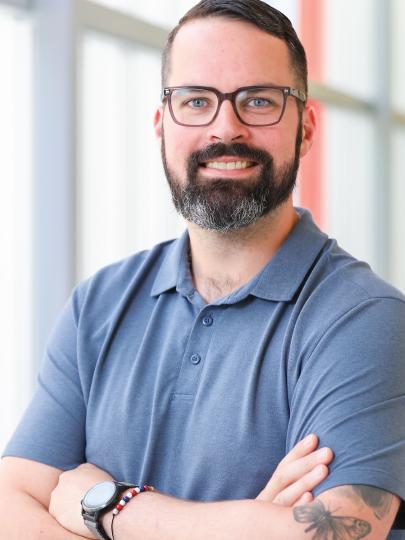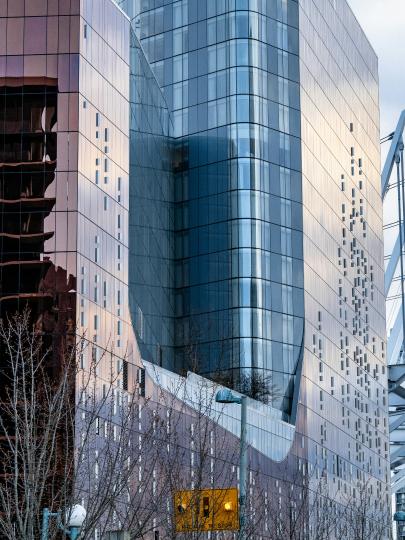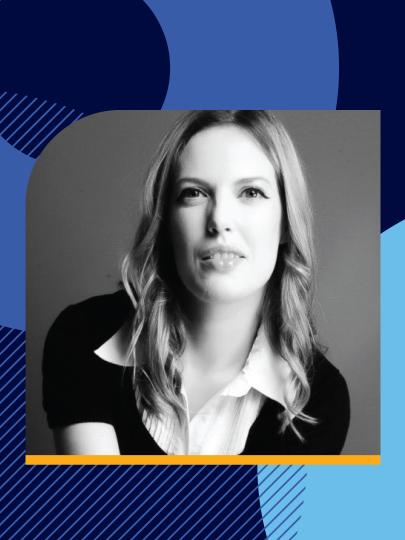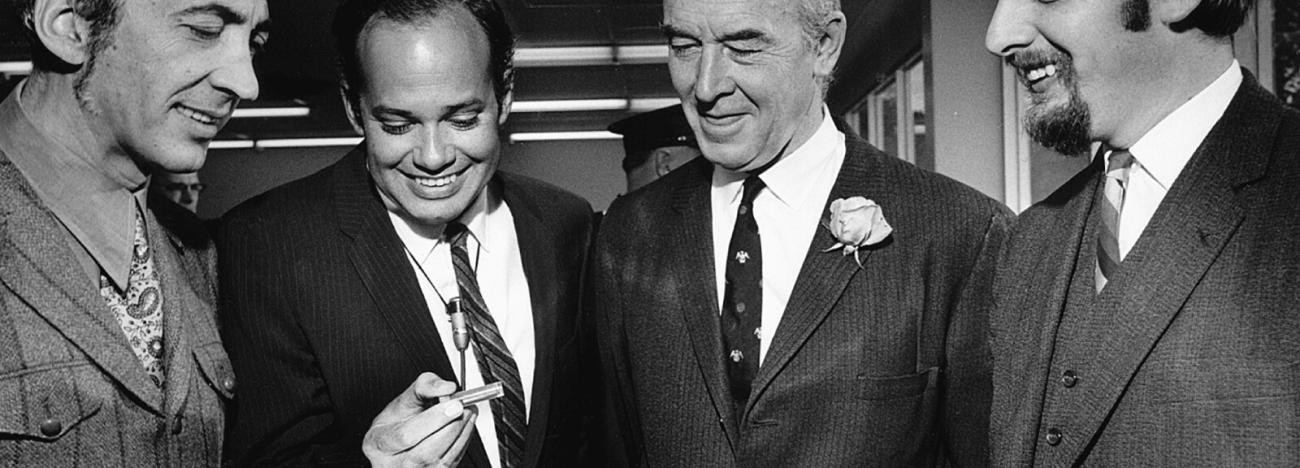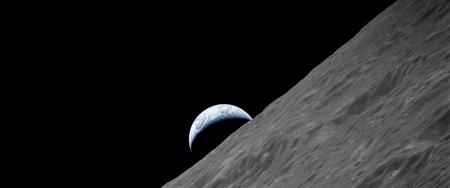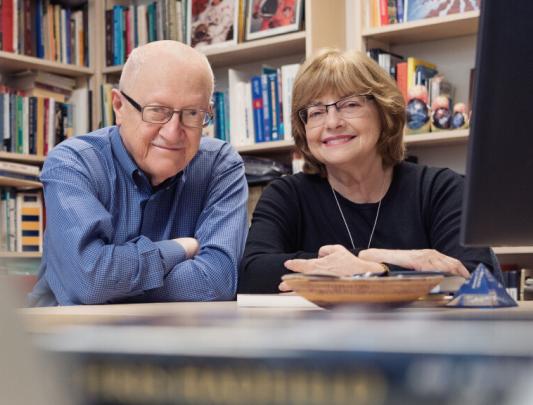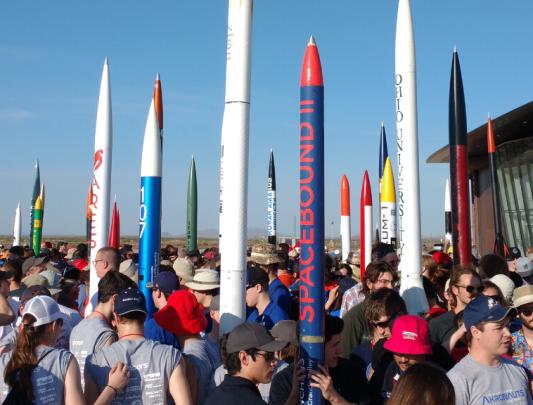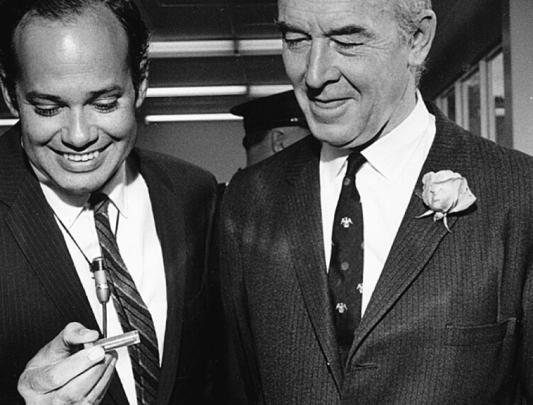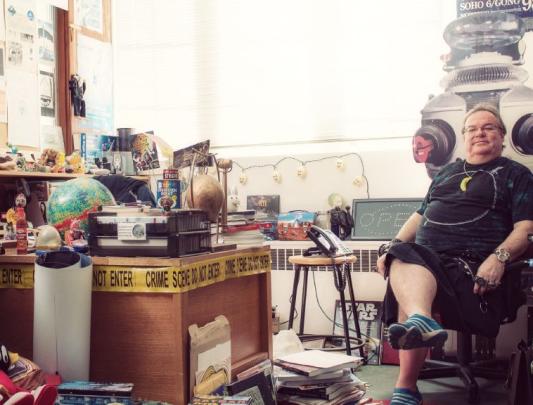Lunar Rock Star
The geophysicist whose rock samples came from the Moon.
David Strangway was UBC’s 10th president, serving from 1985-1997. He was a controversial figure in that he had a vision for the university that stirred debate. Some would say he transformed a middle-level, regional university into an international educational and research powerhouse (which he did); others would say he took a perfectly good, well-loved middle-level regional university and completely changed it (which he also did). In the process, he conducted what was at the time the largest fundraising campaign in Canadian university history. He went on to found Quest University in Squamish, BC, a private, non-profit liberal arts and sciences university. He died in December 2016.
Strangway was, as well, a renowned geophysicist. He taught at the University of Colorado until 1965, when he became an assistant prof at MIT. He joined NASA in 1970 as the chief of the Geophysics Branch. He designed lunar experiments for the Apollo missions and was the point person for the analysis of the samples returned to Earth.
He went on to design advanced geophysical experiments for the missions, select sites for investigation, and train astronauts to conduct experiments. (During one of the communications between Houston and the Apollo 17 astronauts, capsule communicator Robert Parker referred to Strangway as “Dr. Strangelove,” a whimsical reference to the 1964 Stanley Kubrick film of the same name.) Strangway was also involved in developing electro-magnetic tools for lunar exploration and in studying the early history of the Moon by examining its magnetic field. He authored or co‑authored more than 165 research papers that include results of his studies on the lunar samples, and in 1972 was awarded the NASA Exceptional Scientific Achievement Medal.
During one of the communications between Houston and the Apollo 17 astronauts, capsule communicator Robert Parker referred to Strangway as “Dr. Strangelove,” a whimsical reference to the 1964 Stanley Kubrick film of the same name.
Strangway counted his years at NASA as the most exciting of his academic career. As well as his fascination with the science, the missions by nature were intense. “There was tremendous suspense,” he told the Alumni Chronicle in 1985. “We had to be ready to make rapid responses if something went wrong with the mission or if somebody said, ‘Look, there’s only a few minutes left, what do we do first?’ All the training, the priority setting, the team sense that went with this, and then culminating in the actual missions – that’s what was so exciting at the time.”
His office at UBC was a testament to his time at NASA. The walls were covered with depictions of the planets, and his bookshelves were crammed with space‑oriented books, both coffee‑table worthy and academic. I had the privilege of writing speeches and columns for him during his presidency, and he often talked, in an animated way, about his days at NASA. Like many academics‑turned‑administrators, he missed the exhilaration of pure research. He was, to the end, a scientist.


